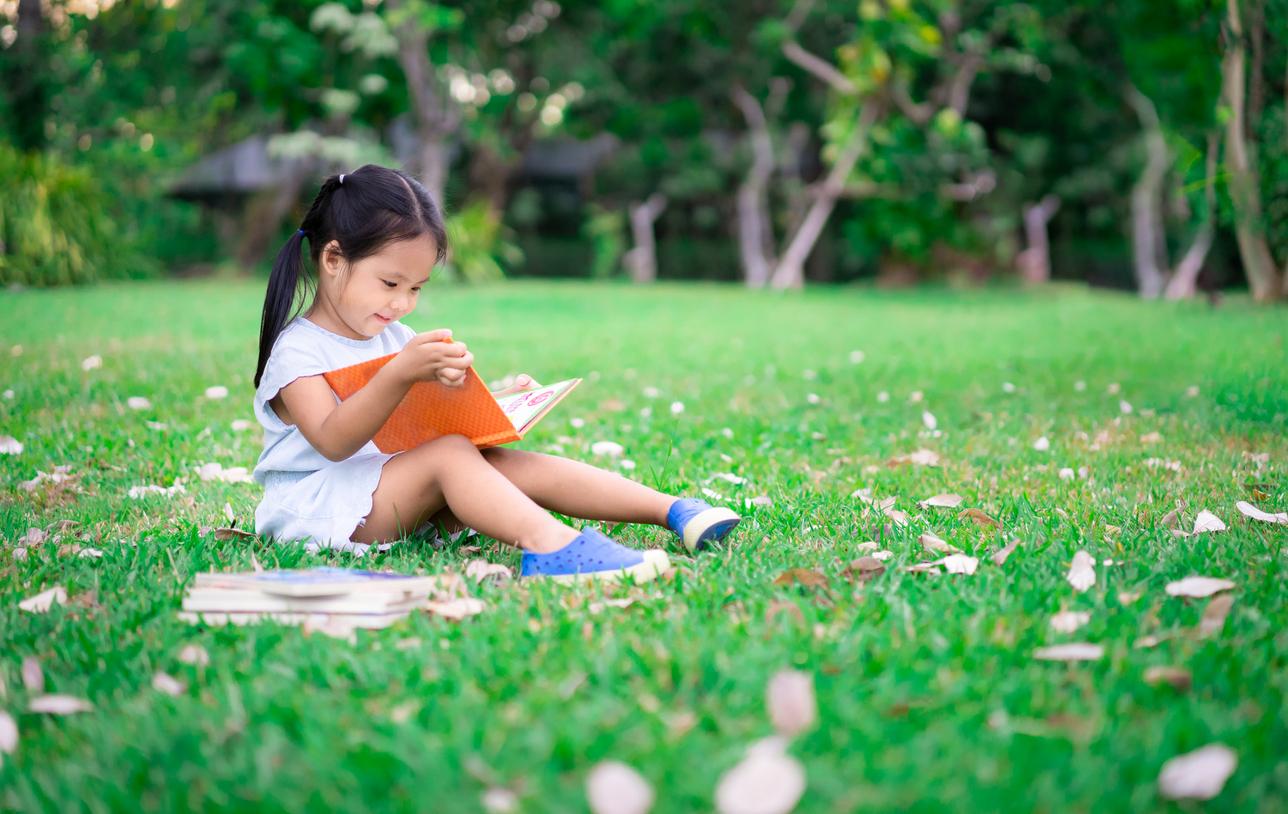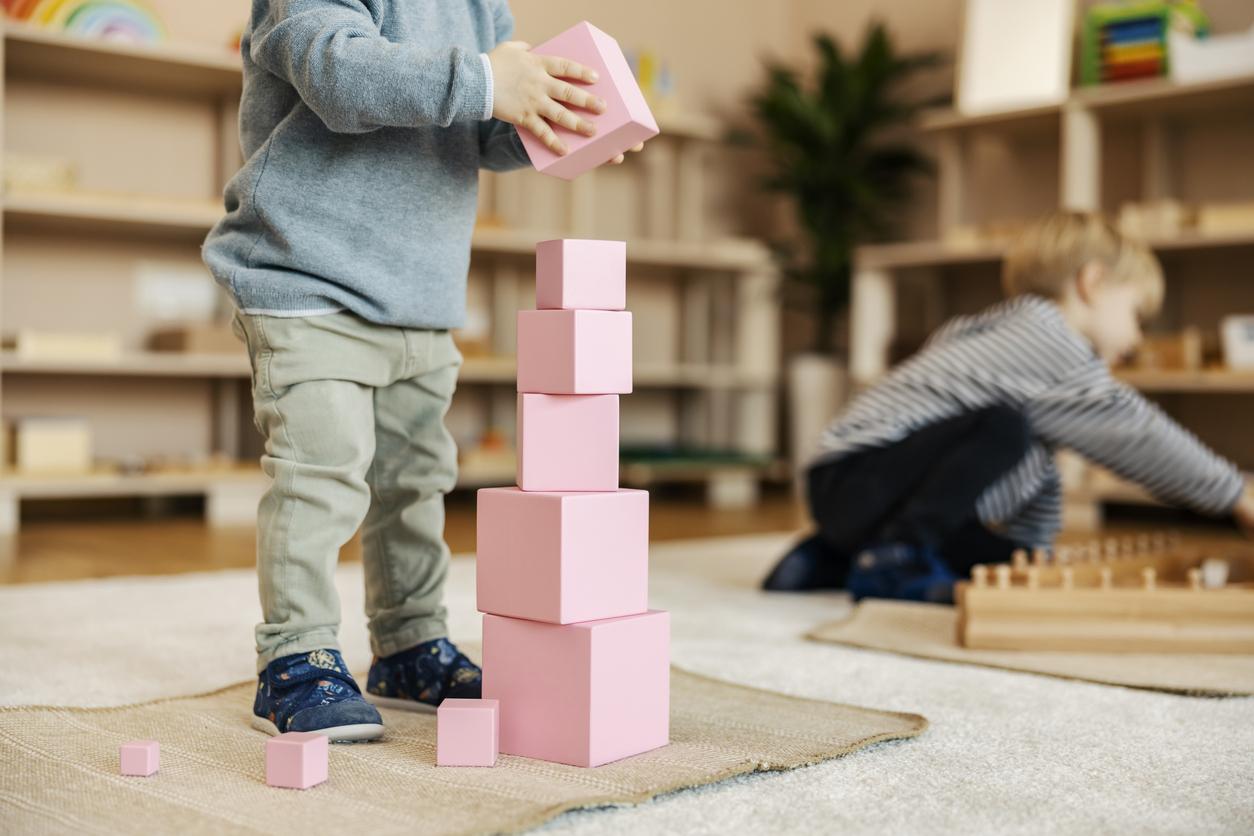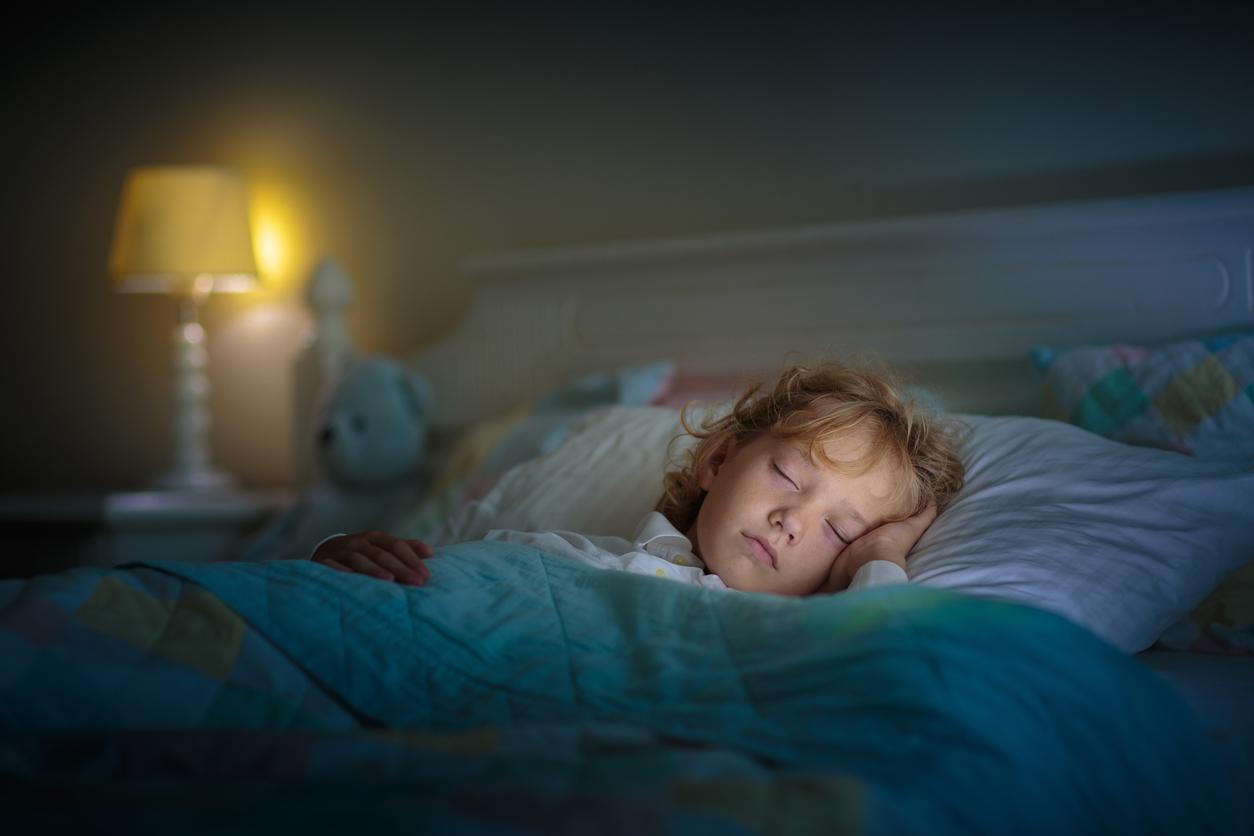Exposure to green spaces strengthens bone mineral density in young children.

- “The accumulation of bone mass is influenced by environmental and lifestyle factors,” according to the authors.
- Children with green spaces within a radius of 300 to 3,000 meters from their residence had higher bone mineral density.
- Thus, targeted interventions at an early stage of life could reduce the risk of fracture and/or osteoporosis in adulthood.
Park, forest, meadow… Being in contact with nature during childhood is beneficial for bone health. This is what Belgian and Dutch researchers recently revealed. In order to reach this conclusion, they carried out a study published in the journal JAMA Network Open.
Bone density: its “accumulation is influenced by factors linked to the environment”
“The accumulation of bone mass is influenced by factors linked to the environment and lifestyle”, the scientists said. As part of the work, the team attempted to determine whether exposure to a green space in one’s home early in life was associated with a change in bone mineral density in young children.
To find out, the authors recruited 327 Belgian children at birth and followed them for four to six years, between October 1, 2014 and July 31, 2021. The scientists analyzed the presence of more green spaces three meters in height and plants less than three meters in several radii around the toddlers’ residence. Then, bone mineral density was also assessed using quantitative ultrasound measurement during follow-up.
Children raised close to nature have better bone health
According to the study, younger participants exposed to more green space within 300 to 3,000 meters of their home had significantly higher bone mineral density. An association was observed between an increase in the interquartile range of total green space (21.2%) and high green space (19.9%) within a 500 meter radius of the residence and a increased bone mineral density by 27.38 m/second and 25.30 m/second. Additionally, exposure to more green space within 1,000 meters was significantly associated with a reduced risk of having low bone density.
“These findings highlight the importance of exposure to residential green spaces early in life on bone health during critical periods of growth and development, with long-term implications,” the authors concluded.














